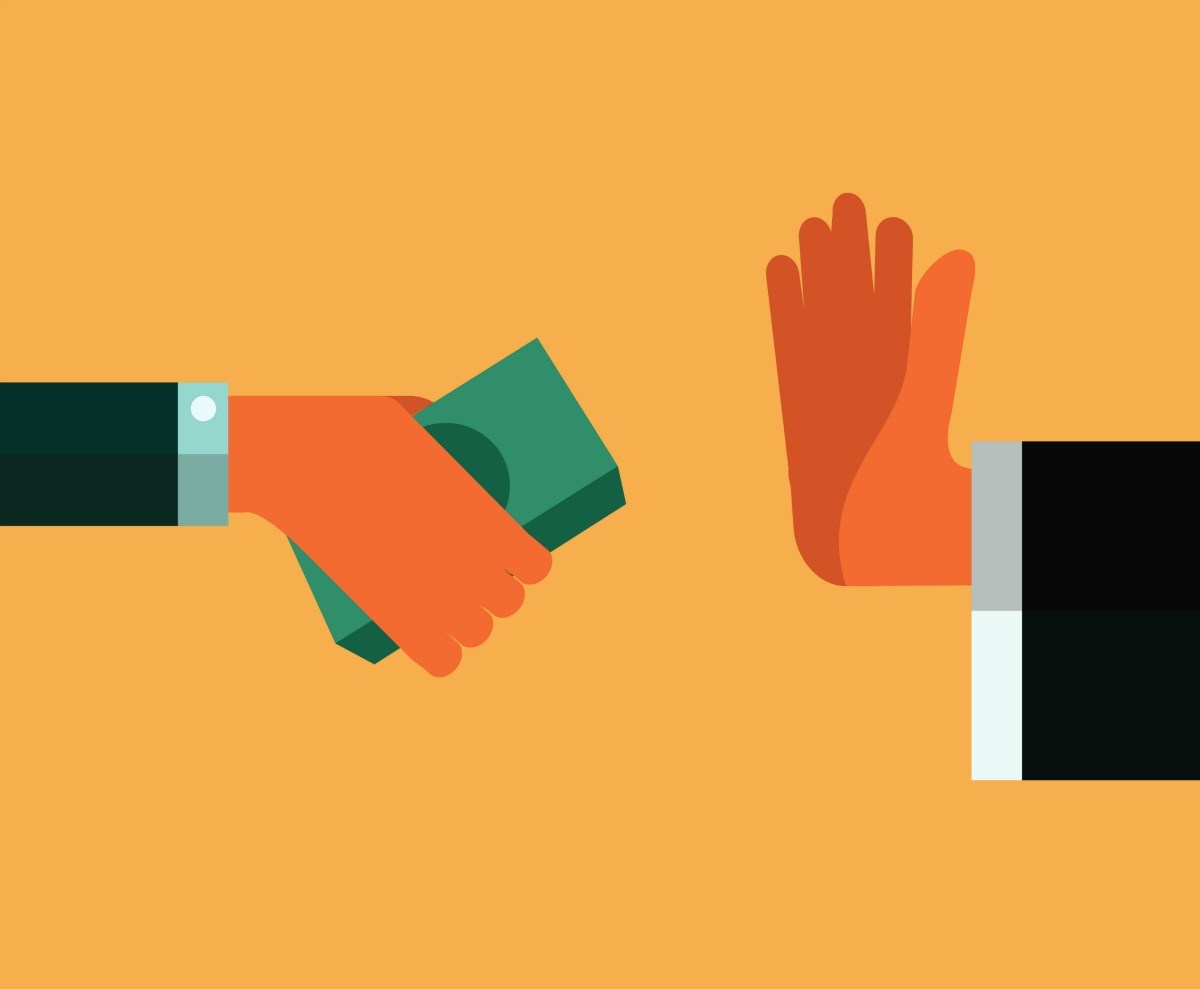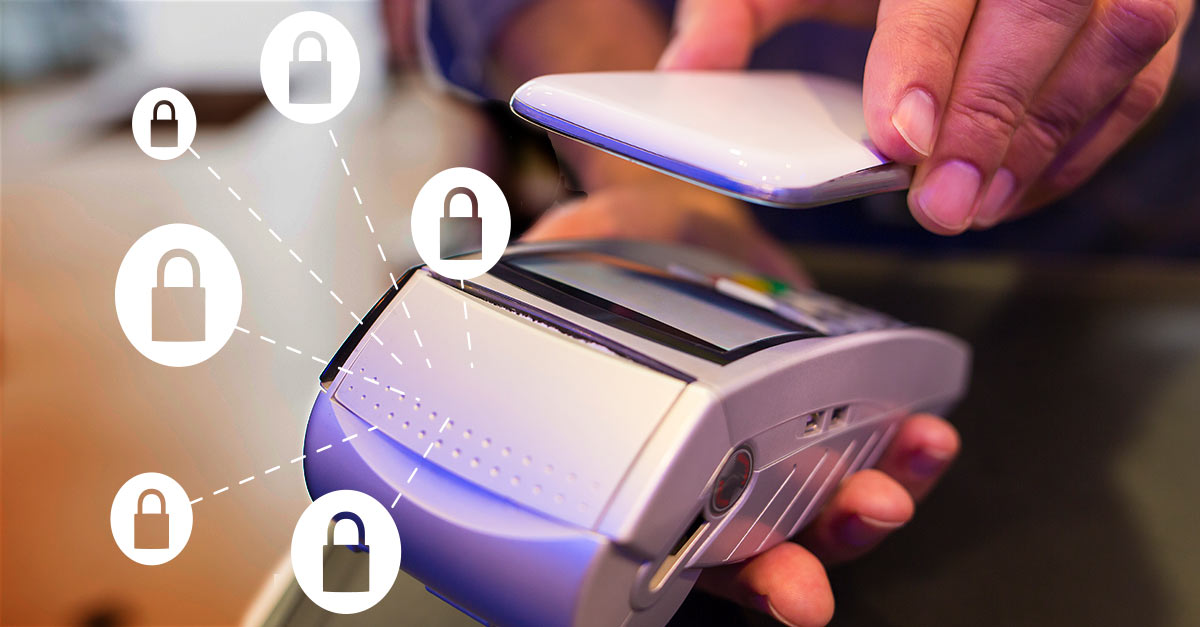Are we becoming a cashless world?
Digitalization of Society
Digitalization of cash is a truly global phenomenon: from paying an e-ticket or ordering flowers, t o buying a coffee, people are using their debit cards or mobile wallets (e-wallets) to replace cash or checks! New technology has been decreasing gradually and the amount of physical transactions are now processed digitally.
o buying a coffee, people are using their debit cards or mobile wallets (e-wallets) to replace cash or checks! New technology has been decreasing gradually and the amount of physical transactions are now processed digitally.
Some countries have already begun their way to being a cashless society. For instance, Singapore’s cashless transaction has reached 61%, the Netherlands with 60% and Canada with 57%. On the other hand Sweden has been moving towards a completely cashless economy with just 2% of transactions made with cash whereas a typical British carries…no more than £5 in his pocket at any given time! So, which are the pros and cons of going cashless?
61%, the Netherlands with 60% and Canada with 57%. On the other hand Sweden has been moving towards a completely cashless economy with just 2% of transactions made with cash whereas a typical British carries…no more than £5 in his pocket at any given time! So, which are the pros and cons of going cashless?
Benefits of a cashless economy
- Electronic transactions are quicker and cost less, so one can save money and time.
- On-line payments formalize transactions making the payment system more efficient.
- Truly convenient for consumers (through net-banking they make transactions anytime and of any period).
- Increase economic growth (corruption and flow of black money are curbed).
- In some countries (such as Sweden) percentage of bank robberies have dropped because they don’t have cash anymore.
- Spending tracker: consumers can simply check transaction history to be informed for every spending and take note on which aspect they spend more on.
- Less cash decreased crimes
- Once a smartphone is stolen or lost, verification processes and security pin will make hard for those who try to steal a digital account. But In case of cash…one never gets money back.
- Less cash=more data
- Convenience and many choices in how consumers pay.
- Digitalization of money enables more businesses to offer their products and services online, including the ones that traditionally relied on cash payments to trade.
Disadvantages of a cashless society
- Problems in data security
- Payments and privacy problems
- Online payment lures consumers to buy things even if they don’t need them.
- People end up buying lot more goods than essential by using cards (especially during sales).
- Cards are too tiny, so they can be dropped-off easily and if get caught in the wrong hands can be damaging.
- Consumers feel friction when asked to add personal data, to fill in forms, and complete hundreds of taps using a touchscreen phone before finalizing a transaction.
- Cashless payments don’t always provide a solid ‘feedback loop’ for the consumer (compared to cash transactions, getting change in return)
- Customers may repeat payment process when unsure if a transaction has been completed, so payments may be taken twice in error
- Just one bad experience can put a consumer out of technology for a lifetime.
- The seamless invisible nature of cashless payments prevent more widespread adoption
- Banks and governments take control of consumers’ economic freedom
- A network failure, and a cyber-attack may cause economic chaos
- Many smaller companies are simply unaware of how integration with technologies could benefit their business.
- It is expensive for retailers to fit out new technologies and train staff in how to use them
Nevertheless, m ore and more businesses are now seeing card payments as critical to operations, offering consumers numerous services. Value though must be clear for them because they want to know they’re getting something in return while using digitalized money. Until is a clear value for the consumer, cash will be here to stay.
ore and more businesses are now seeing card payments as critical to operations, offering consumers numerous services. Value though must be clear for them because they want to know they’re getting something in return while using digitalized money. Until is a clear value for the consumer, cash will be here to stay.
Contactless cards started the cashless revolution, but smartphones hold the key to a less-cashless society. But are we close to a completely cashless worldwide economy? That won’t be any time soon and cash will be with us for some time. For some supporters at least until 2027 whereas for others at least for three more generations.

